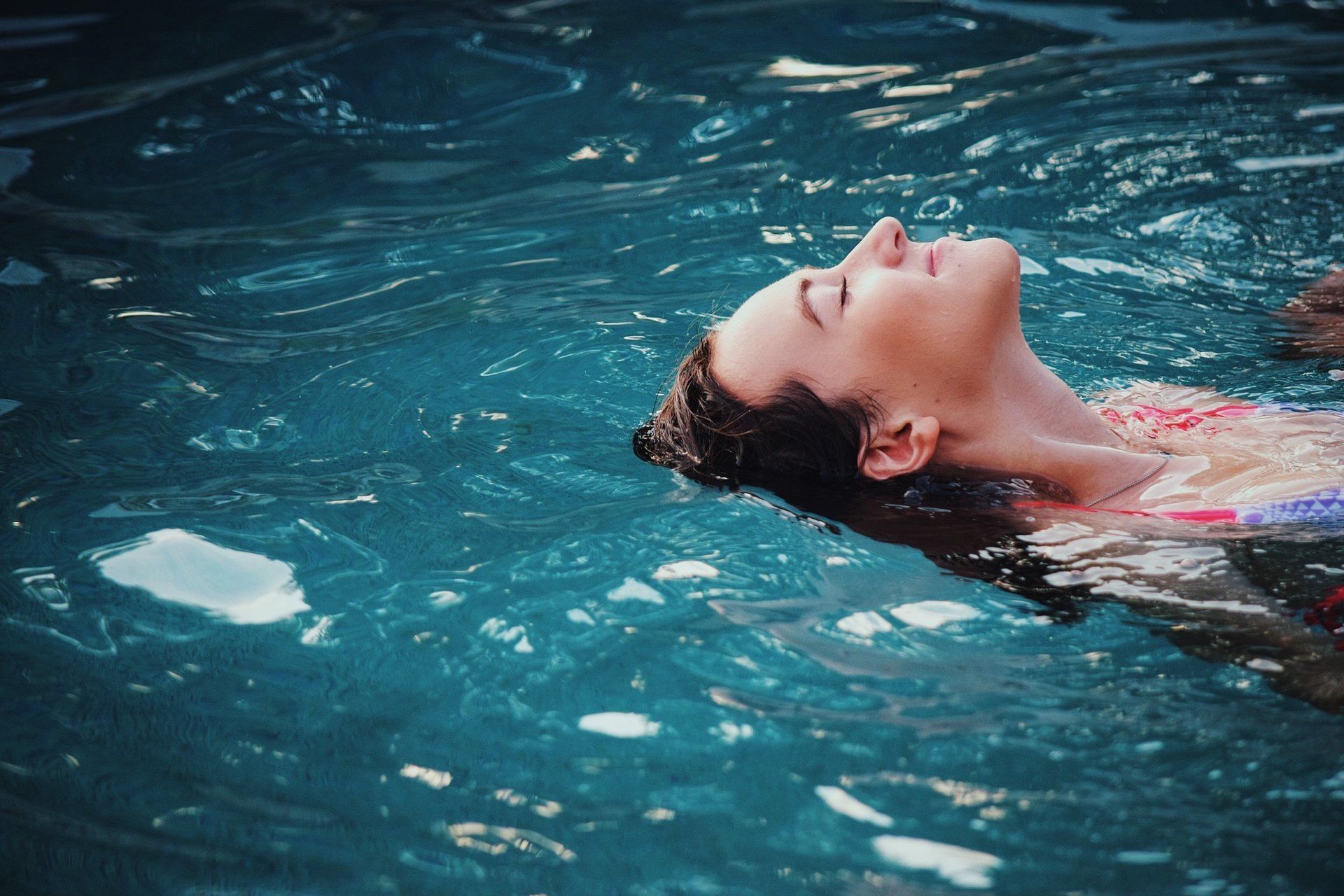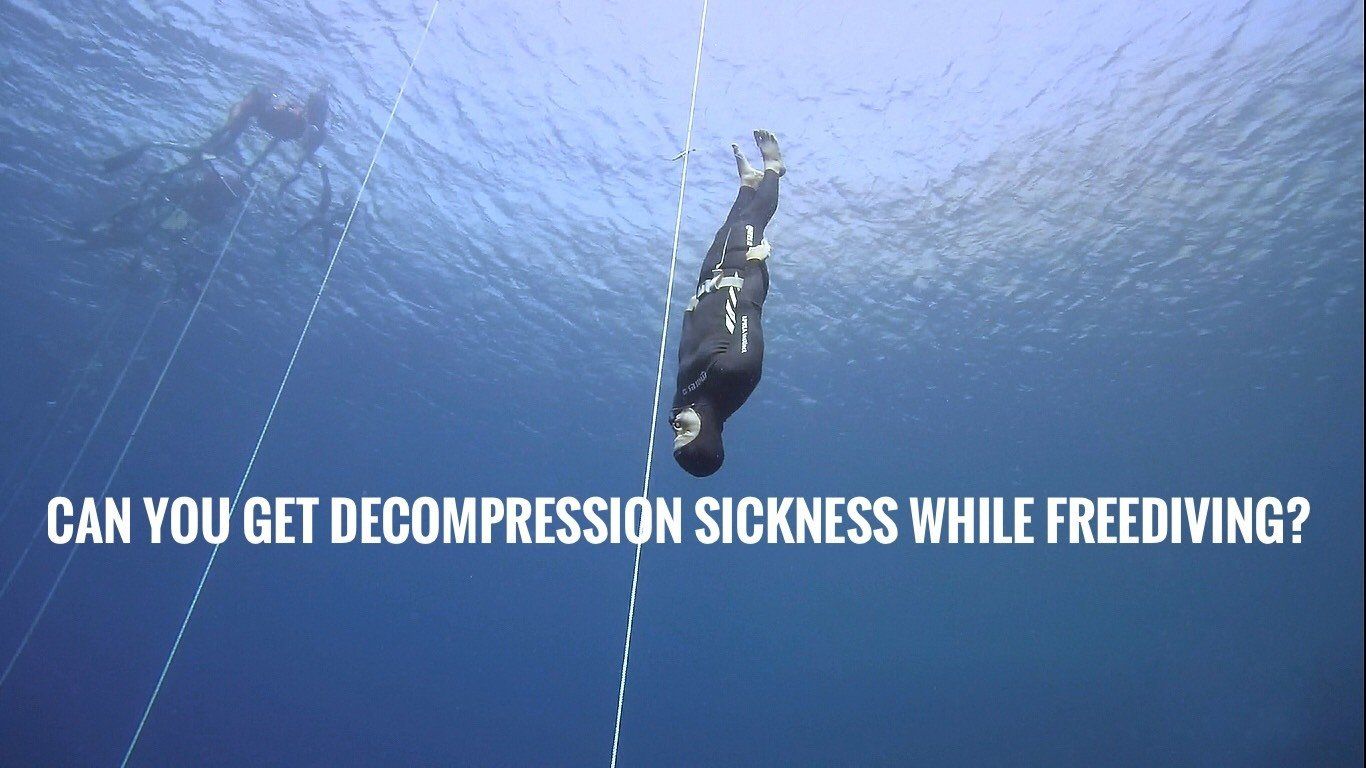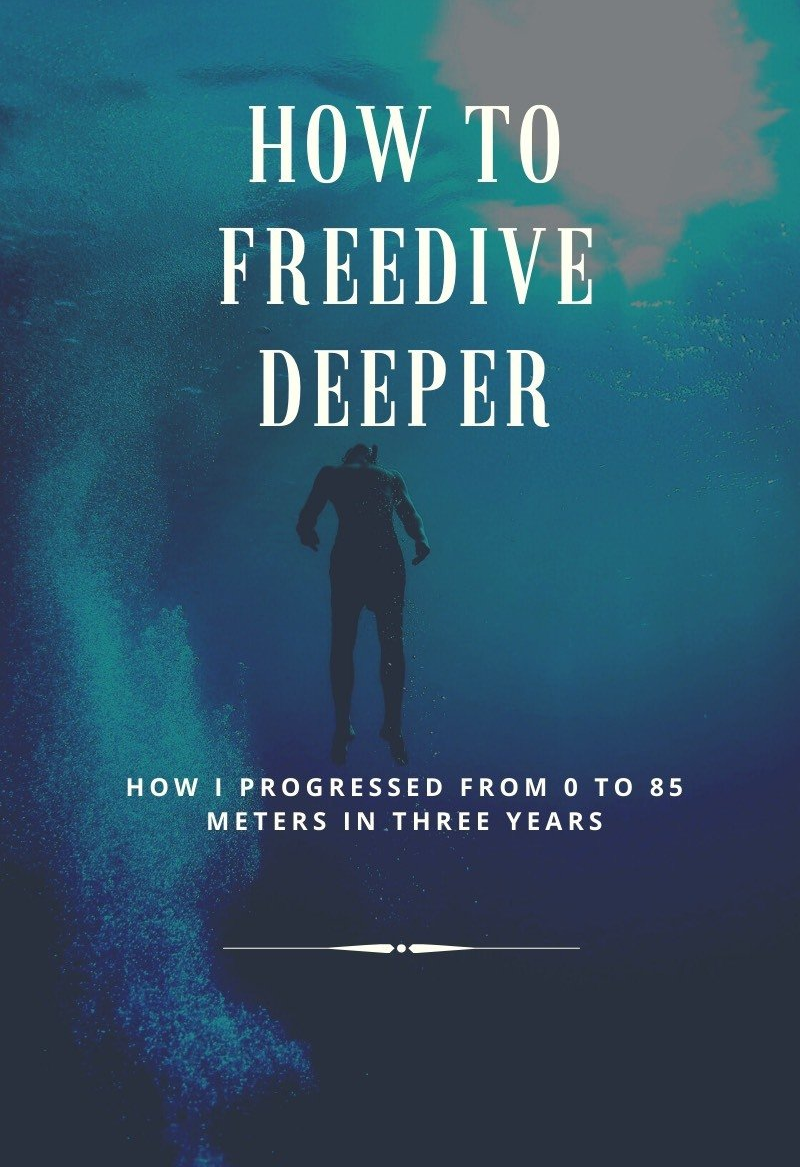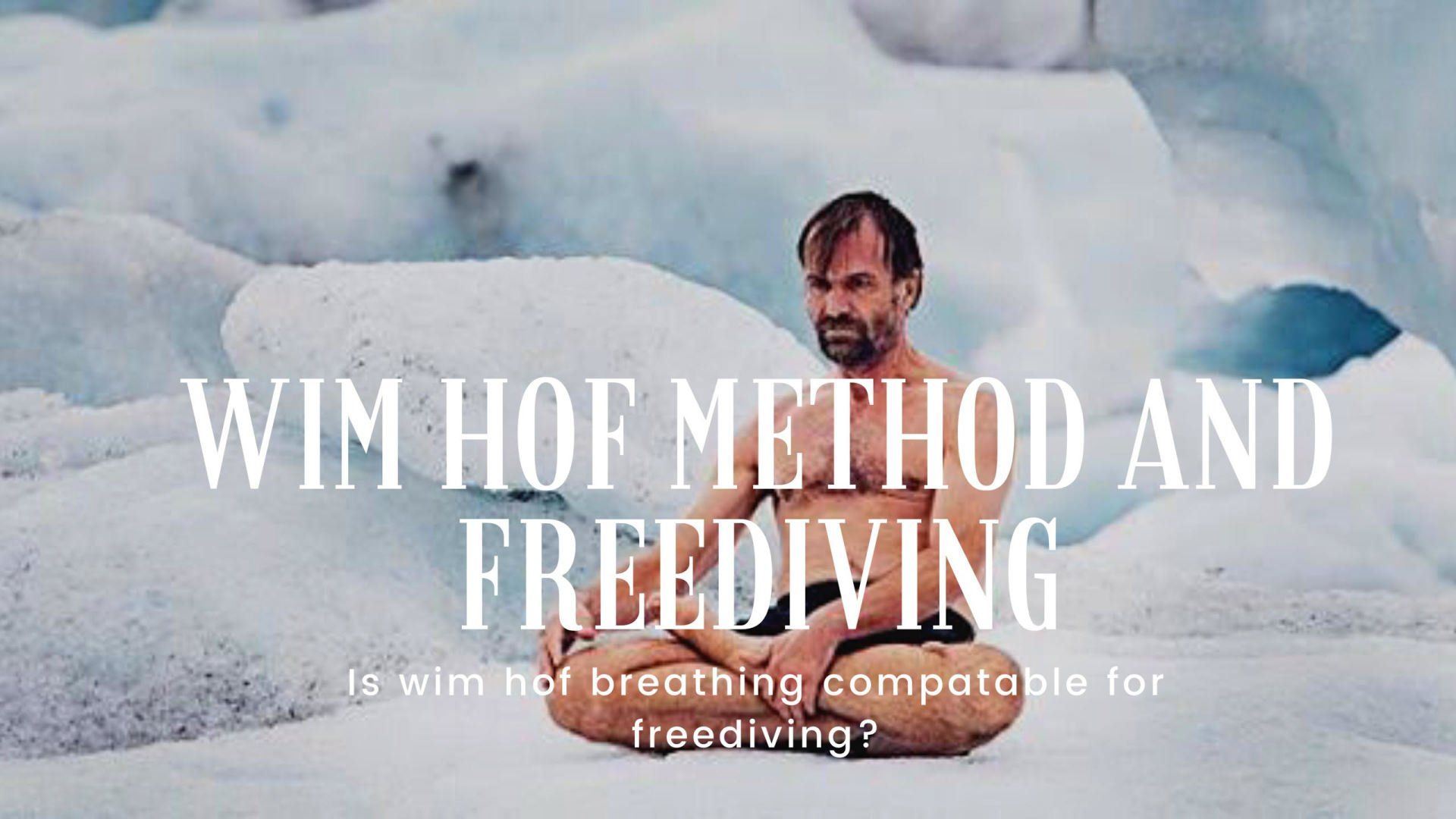How to train freediving away from the water
Alexander Nilsson • November 28, 2019
Landlocked? Here is how you can train yourself to dive deep when you are out of the water.
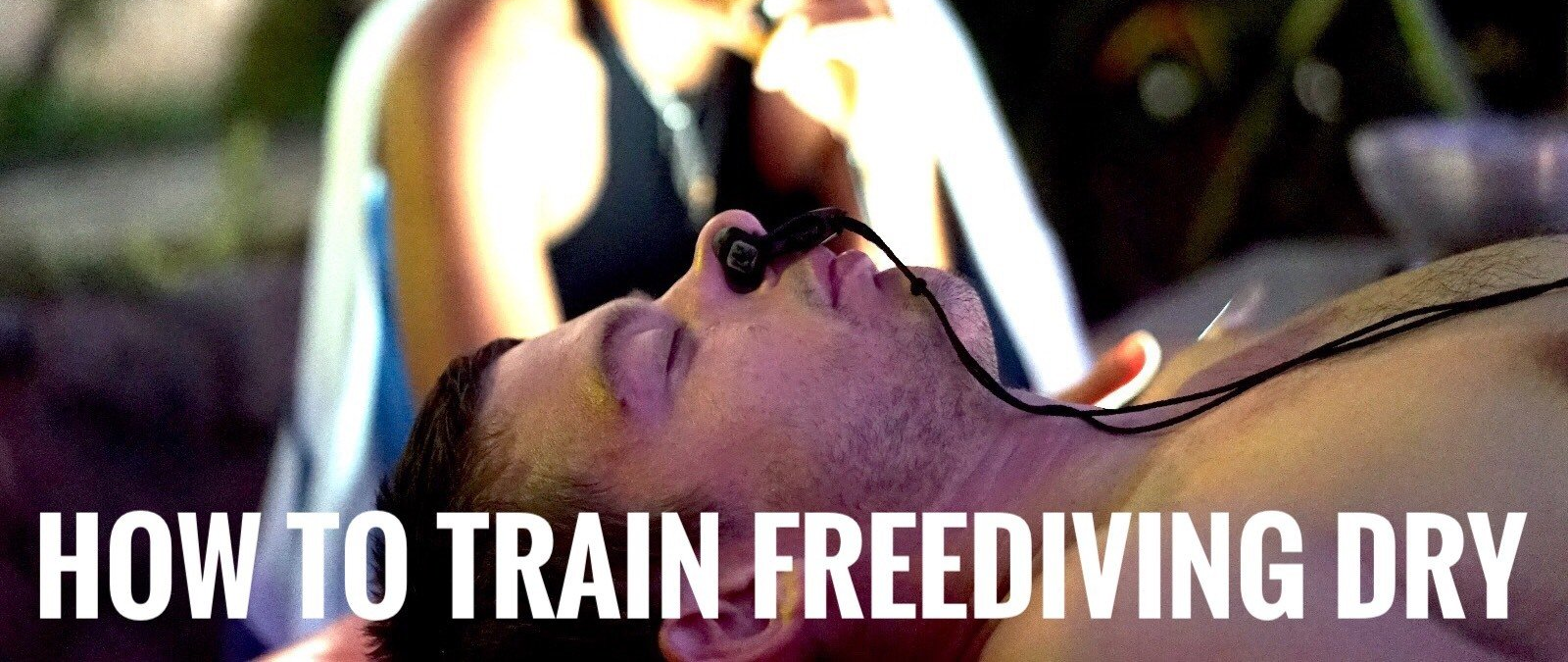
Coming from cold Sweden I had to come up with alternative ways to train freediving outside of the water. I was first inspired by the deepest man himself Herbert Nitch, who was the first person I’ve heard talking about this sort of training, which he calls “couch-training”.
In this article I will explain how to prepare your breath-hold and flexibility before going to a place to dive. This is so you don’t have to waste time on your holiday to train things that you can easily train at home.
Then when you are about to go on your next diving trip, all you have to train is equalizing and technique in the water, making the most of the finite time you have at the dive location.
Breath-hold
When Herbert Nitch said that he did Couch-training, he usually referred to holding his breath in cycles while watching a sitcom on the TV. This is something that is very efficient and will make your dive reflex stronger in just a couple of days, and it will also make your breath-hold longer. I wrote an article about how to train your breath hold which I recommend that you read - https://www.alexanderfreediver.com/how-to-hold-your-breath-for-5-minutes-in-less-than-a-month
FRC breath-holds
FRC breath-holds
When we are diving down below the surface, the surrounding pressure will make the air in our lungs compress, making our lungs smaller and smaller the deeper we go.
At 10 meters depth, our lungs will be 50% of the size they were on the surface. This means that on the majority of the dive, you will be diving with lungs half their usual size or smaller. To get used to this sensation we can train breath-holding on half lungs, meaning that we do a passive exhale before we start our dry breath-hold.
Do the first four breath-holds until the first contractions, and then on the 5th try to hold for max.
For optimal results, I would recommend to do this training four times a week.
At 10 meters depth, our lungs will be 50% of the size they were on the surface. This means that on the majority of the dive, you will be diving with lungs half their usual size or smaller. To get used to this sensation we can train breath-holding on half lungs, meaning that we do a passive exhale before we start our dry breath-hold.
Do the first four breath-holds until the first contractions, and then on the 5th try to hold for max.
For optimal results, I would recommend to do this training four times a week.
Apnea walks
To simulate that we are moving around and holding our breath, we can do what we call “apnea walk”. It means that we, while holding our breath, walk around in a slow pace, staying relaxed and getting used to the urge to breathe while moving around.
This sort of training gives you confidence for deep diving. If you time yourself doing apnea walks and manage to do one minute walking around, then you have the breath-hold for a 30 meters dive, if the speed of the dive is of 1m/s.
Another way to simulate an even deeper dive in apnea walks is to simulate the freefall.
To make an example, say that you want to dive to 40 meters on your next trip, then this is an apnea walk simulation below that you can try out.
First you will start by walking the first 20 seconds (this will simulate 20m from the surface until freefall). Then after 20 seconds you will lay down or sit down and relax to simulate that you are freefalling.
So you will be still for the next 20 seconds (which simulates 20 seconds of freefall from 20 meters to 40 meters).
Then stand up and start to walk again for the last 40 seconds (the time it will take you to swim up to the surface from 40 meters).
This is a really great way to practice breath-holding while moving. And gives you a lot of confidence to do the dives in the water as well. It also allows you to practice this many times a day, which you can not do in the ocean due to the risk of DCS (decompression sickness).
I would recommend doing this training 4 repetitions, 4 times a week.
Stretching
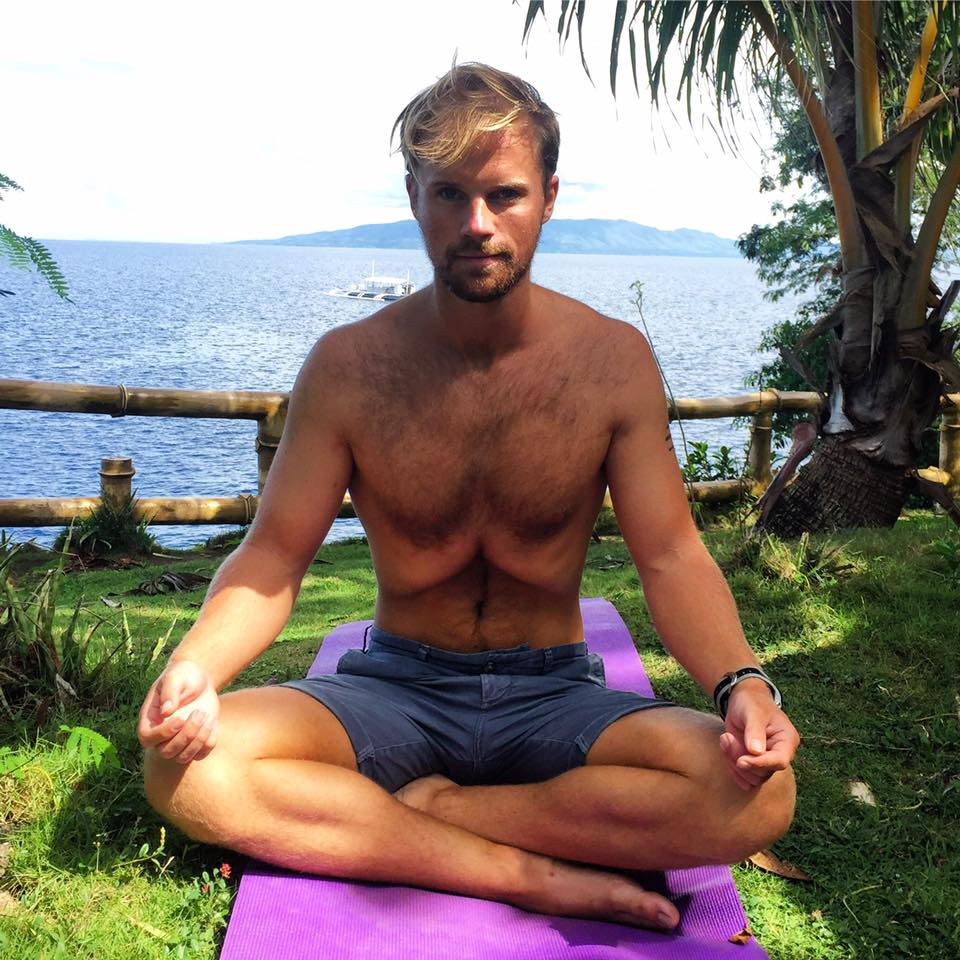
The most important part to stretch in freediving is the diaphragm . What you see in this picture, is me doing Uddhuana Banda (diaphragm stretch), and this is in my opinion the most essential part to stretch in freediving. It gives you a more flexible diaphragm and will make your contractions feel softer. It also enables you to equalize comfortably deeper and makes it possible to relax with a greater surrounding pressure.
The idea is to - after a complete exhale, lock the throat and then relax the stomach area, then try to move the diaphragm up and hold the diaphragm for a few seconds until releasing it.
Practice this in the morning on an empty stomach. It might be tricky at first, but slowly you will get a better awareness of the diaphragm and you will be able to control it better the more you do it.
Dry training is a great way to help you save time in your freediving and will let you focus on the right things at the right place.
Training breath-holding or stretching shouldn't be anything you focus on when you are at a stunning reef, wanting to get the most of your diving holiday, or when you are doing your freediving course. at those times you want to have all these things in place so you then can enjoy the underwater world to the fullest!
Share article:


